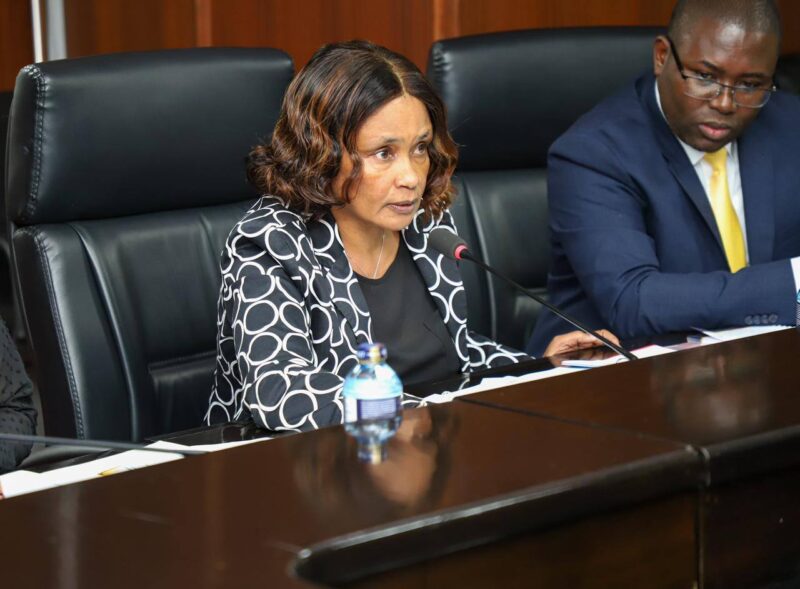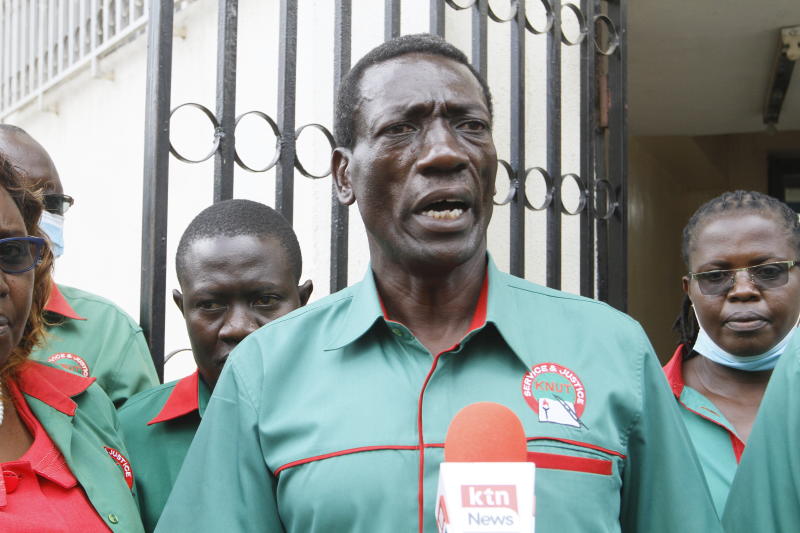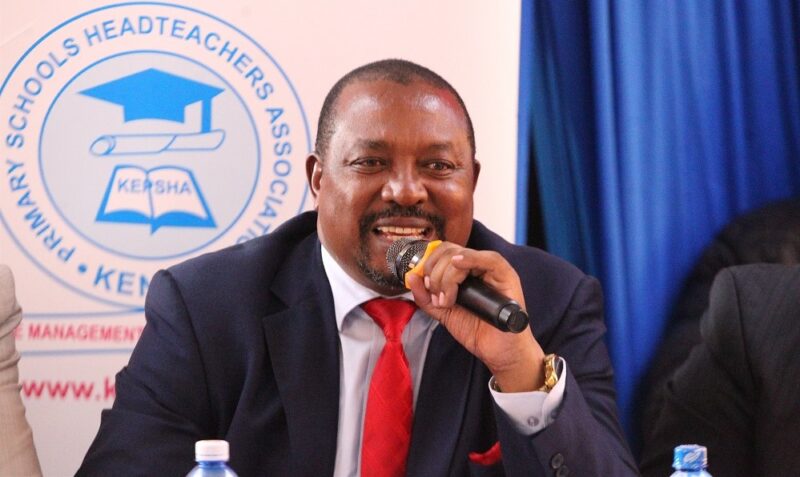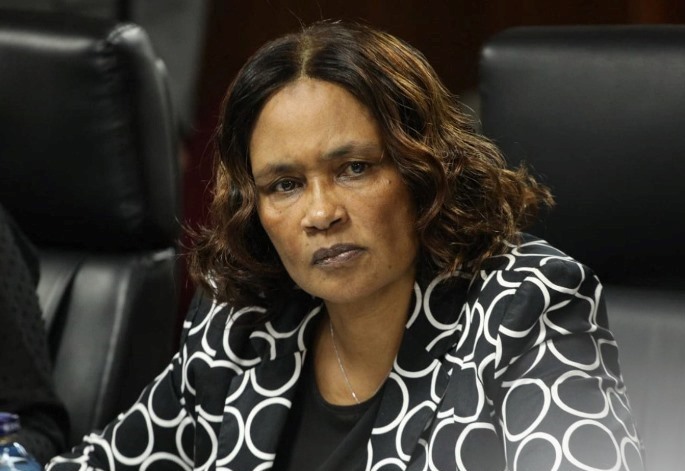A fresh storm is brewing between lawmakers and the Teachers Service Commission (TSC) over the long-standing issue of hardship allowances for teachers. During a tense session with the National Assembly’s Implementation Committee, TSC Acting CEO Eveleen Mitei admitted that the commission still uses regulations from 1997 to determine eligible areas — a move MPs have called discriminatory and outdated.
Ms. Mitei clarified that TSC is constrained by the delay from the Public Service Commission (PSC), which is supposed to review the classification of hardship areas. But MPs, led by Raphael Wanjala, demanded answers, citing scenarios where neighboring schools in the same constituency are classified differently, driving teachers to chase allowances rather than serve where they are most needed.
Lawmakers accused TSC officers of taking bribes to influence hardship status, which has led to urban schools being overwhelmed with teachers while rural institutions remain empty. Kajiado East MP Kakuta Ole Maimai said this imbalance has worsened learning conditions in pastoral regions.
In an earlier attempt to address the issue, Prime Cabinet Secretary Musalia Mudavadi had announced a proposed restructuring of hardship areas through an Inter-Agency Committee Report, claiming it would cut government spending by Sh6 billion. However, Public Service CS Geoffrey Ruku later suspended the move due to public backlash, promising further consultations with unions and elected leaders.
Nyando MP Jared Okello decried the lack of parliamentary involvement in the government’s reversal, demanding accountability from the executive. Currently, there’s no uniformity in how hardship areas are designated across public institutions — with TSC listing 44, the Judiciary 21, and the civil service just 16.
With teachers demanding fairness and Parliament calling for transparency, the government faces mounting pressure to deliver a comprehensive and just resolution that reflects Kenya’s evolving socio-economic realities.



